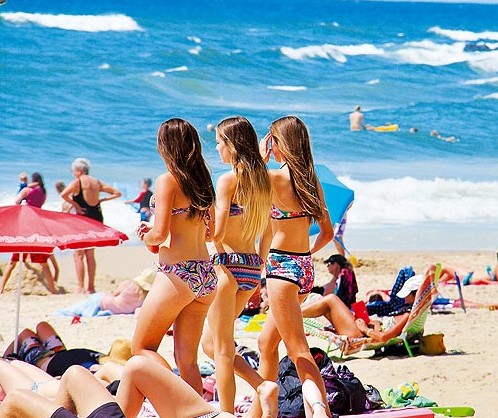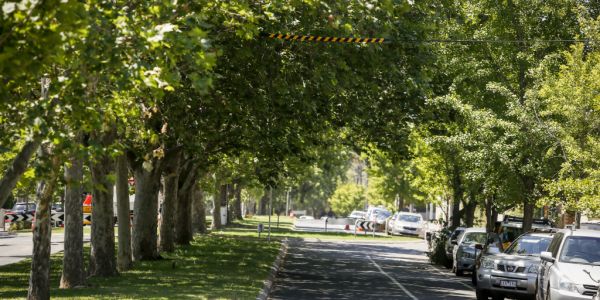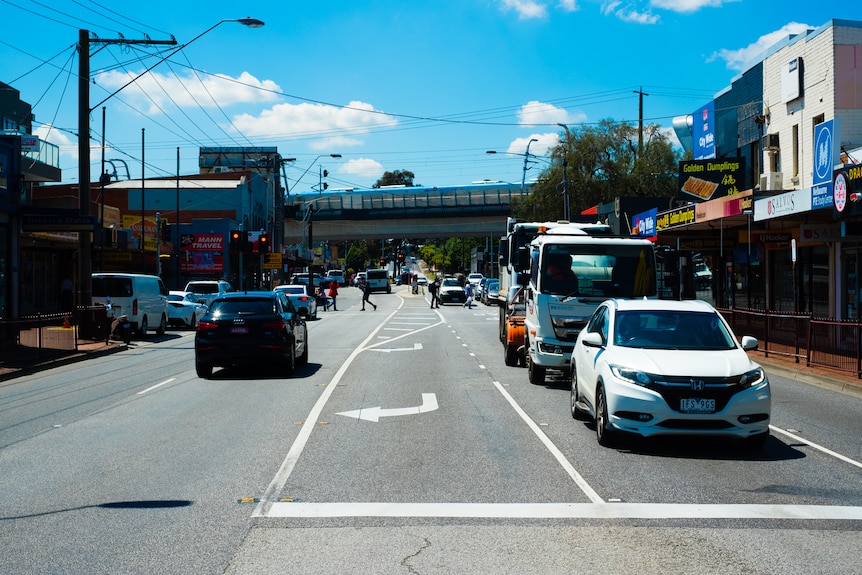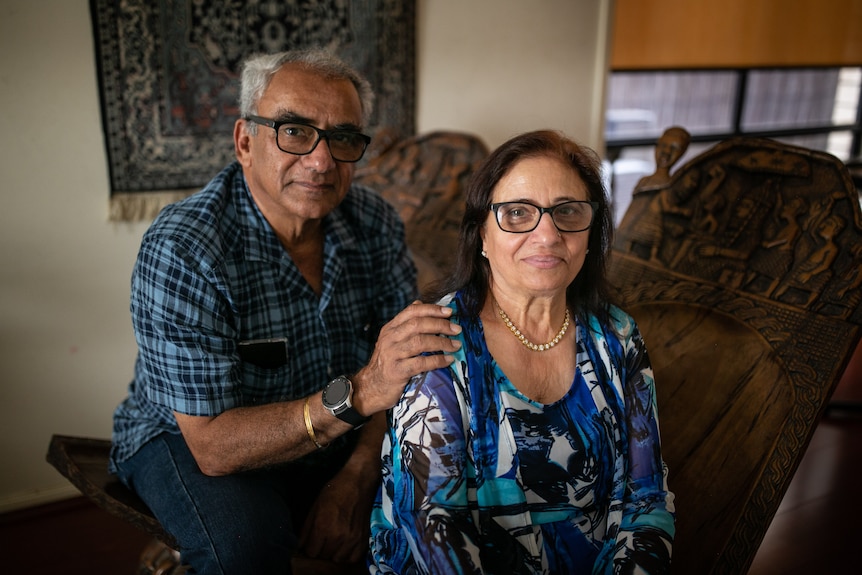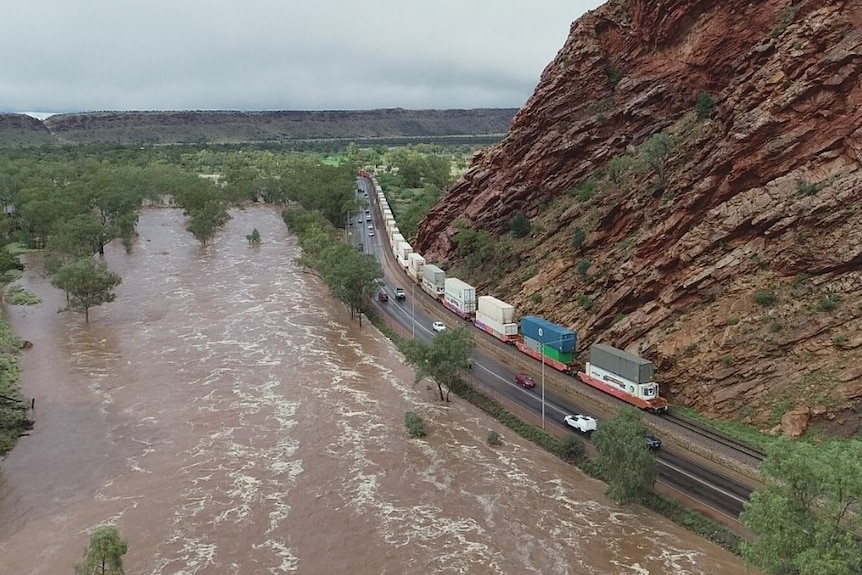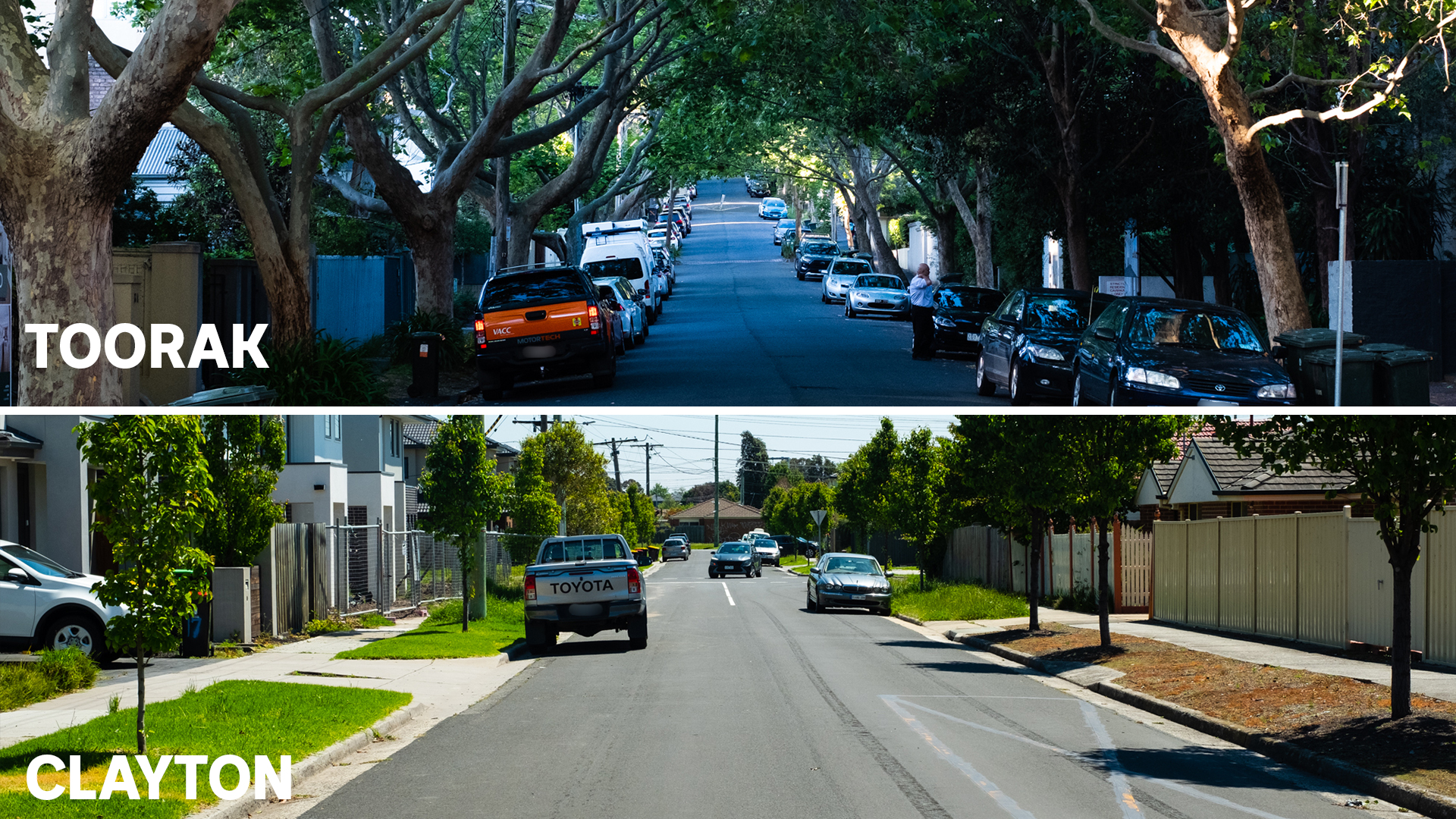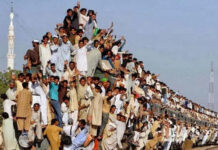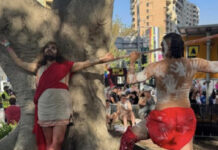Migrants come to Australia because they think it looks like this:
In reality they will most likely live somewhere which looks like this:
They are told Aussies look like this:
When in fact, Australia has already received so many migrants, “Australians” are just as likely to look just like them:
Migrants come to Australia for two reasons.
- Access to White people.
- Access to the paradise White people created.
They are sold an image of Australia which no longer exists. You can understand why they are a little upset when they realise they have uprooted their entire lives to come to a place that looks like the country they left behind:
Flanked by two looming townhouses, Jyoti Dhakal’s suburban bungalow might look out of place.
The engineering consultant moved to Clayton in south-east Melbourne in 2013, with her husband and two young children.
Back then, she said the neighbourhood felt like a typical Melbourne suburb, dominated by family homes and single-storey units.
But things have quickly changed.
“Ever since we moved here, the prices have gone up,” Ms Dhakal said, adding increased demand has led to older houses being demolished to make way for new townhouses.
Clayton is set to become a “mini-CBD” to cope with a booming population, and rapid development is underway to cater to these new residents.
Monash City Council has rezoned residential areas to “facilitate apartment-style development”, particularly targeting students from the nearby Monash University campus.
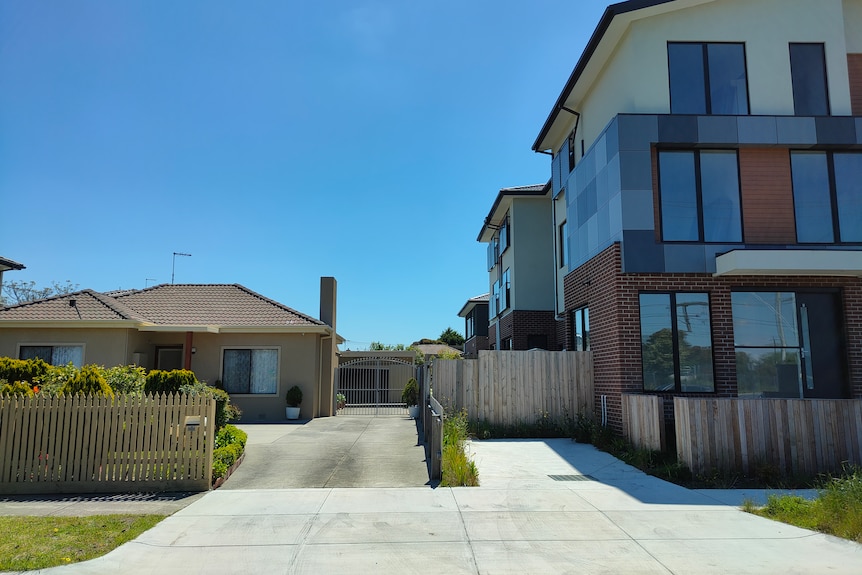 It’s as though people come here thinking that they are the only people who are coming here. I reckon they hold two contradictory notions in their head:
It’s as though people come here thinking that they are the only people who are coming here. I reckon they hold two contradictory notions in their head:
- Australia is a White country.
- Australia is a multicultural country.
It never occurs to them that only one of these can be correct. Only when they have shelled out for a mortgage and they are living an hour and a half’s commute from the city centre do they realise that the hundreds of thousands of other foreigners who migrated along with them have to go somewhere, and they are probably going to go where you settled.
Naturally, they’re trying to make this about “climate change”:
There are currently no controls in Clayton to regulate the removal of trees on private land, and some residents are noticing gardens being eaten up by this demand for higher-density housing.
“You see more of concrete buildings, [so] obviously there is … bound to be less vegetation,” Ms Dhakal said.
“It is a bummer.”
Council policies aim to protect vegetation and ensure developers maintain green spaces, but in the area surrounding a new train station and skyrail, Ms Dhakal has noticed a particular difference.
“It is hotter because you have that concrete built over there,” she said.
It’s a familiar sight across many Australian suburbs.
Demand for housing has led to a rise in subdivisions, and a loss of yard space and the trees they contain….
It’s not just Melburnians feeling the burn.
In Western Sydney, demand for housing and the rise of subdivisions have similarly shrunk urban forests, and made communities less heat tolerant.
Temperatures here can get up to 10C hotter than suburbs closer to the coast.
Anoop Sud lives in Stanhope Gardens in Western Sydney, and has seen it rapidly develop over the past 11 years.
Having migrated to Australia from India, Mr Sud said he was used to overpopulated cities, but now felt “claustrophobic” because of the number of houses and people.
As his neighbourhood becomes more crowded, he is finding it harder to escape the extreme heat — in February last year, temperatures soared to 44.5C, and Mr Sud found it difficult to breathe.
So you’re saying mass migration leads to urban heat sinks. I have a easy solution to that…
Pic
They can’t blame this on “climate change” though. We’re getting plenty of rain. Even the middle of Australia currently looks like this:
So they have also played the race/class card:
Not all suburbs are losing trees at the same rate.
In some of Melbourne’s wealthy inner-city suburbs, dense trees wrap around streets providing sun protection even on a sizzling summer’s day.
Dr Moore and other researchers found that houses on a tree-lined street can be up to $30,000 more expensive than those that have very sparse vegetation.
“The green and leafy suburbs were definitely suburbs that were not intended for the working class,” he said.
The easy solution is to grow half a dozen gums on your property, live there for a decade and Sanjeev’s your uncle, you have shade all year around.
Or better yet, stay in your home country, where you are surrounded by your family, your people, and where you have racial and cultural ties that go back centuries. Your home is your home, not someone else’s home.
The effects on Australia’s outer suburbs being described here in a Lying Press blog post which XYZ News is shamelessly cutting and pasting without attribution (because stuff ‘em) are a consequence of the modern day slave trade. Western governments deliberately import millions of immigrants into White countries against the wishes of indigenous White people, in order to artificially boost economic growth and grow debt via the mortgages they take out to buy a house and a slice of the fictional Australian Dream.
They are sold an image of Whitopia. It is only when they get here that they realise they have been sold into debt slavery. As an added bonus, Australia is now a Covid Dictatorship.
I would feel sorrier for them but I really don’t think many of them thought it through.
Subscribe to XYZ on Telegram, Bitchute, Patreon, Twitter and Gab.

